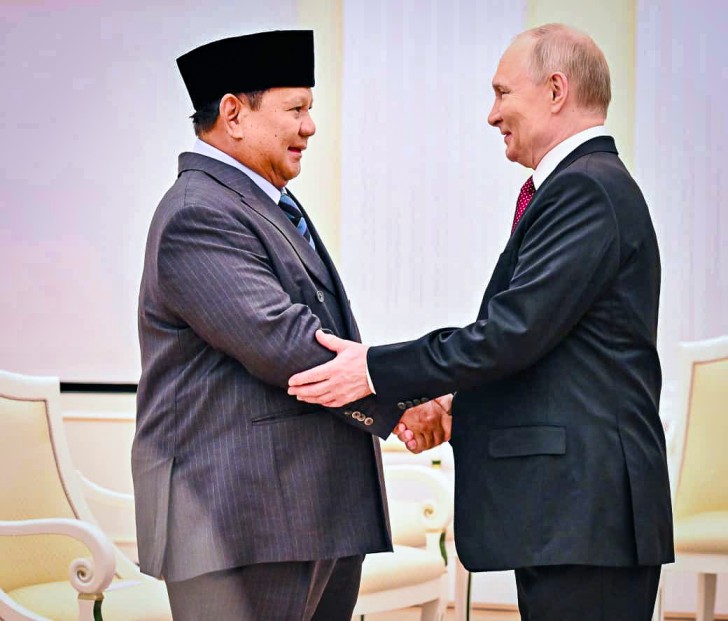Indonesia’s benchmark coal price in July falls to 319.00 USD per ton

China and India are interested in importing coal from Russia as global coal prices start to rise due to supply shortages and liquefied natural gas prices are increasingly expensive.
Jakarta (Indonesia Window) – The Indonesian benchmark coal price in July was corrected to 319.00 U.S. dollars per ton, down 4.91 dollars per ton from June, which was 323.91 dollars per ton.
The cheap price of Russian coal has increased the demand for coal imports from China and India significantly.
“There is a special discount for coal originating from Russia. This discount makes China and India increase their import capacities,” the Indonesian Ministry of Energy and Mineral Resources’ spokesperson Agung Pribadi said here on Friday (July 1).
Agung added that China and India are interested in importing coal from Russia because global coal prices start to climb due to supply shortages and liquefied natural gas prices that were increasingly expensive.
In addition, the decrease in benchmark coal price in July also occurred following the increase in India’s domestic coal production to overcome the problem of the electricity crisis in this South Asian country.
In January 2022, the benchmark coal price was set at 158.50 dollars/ton, then rose to 188.38 dollars/ton in February.
Furthermore, the March benchmark coal price touched 203.69 dollars/ton, then rose in April to 288.40 dollars/ton, but fell in May to 275.64 dollars/ton, and in June it was booked at 323.91 dollars/ton.
The benchmark coal price is the price obtained from the average index of Indonesia Coal Index (ICI), Newcastle Export Index (NEX), Globalcoal Newcastle Index (GCNC), and Platt’s 5900 in the previous month, with quality equivalent to 6322 kcal/kg GAR calories, total moisture 8 percent, total sulfur 0.8 percent, and 15 percent ash.
There are two derivative factors that influence the movement of the benchmark coal price, namely, supply and demand.
The supply derivative factor is influenced by weather, mining techniques, supplier country policies, and technical issues in the supply chain such as trains, barges, and transportation terminals.
Meanwhile, the demand derivative factor is influenced by declining electricity demand, which correlates with industrial conditions, import policies, and competition with other energy commodities, such as LNG (liquefied natural gas), nuclear, and hydropower.
Reporting by Indonesia Window

.jpg)








